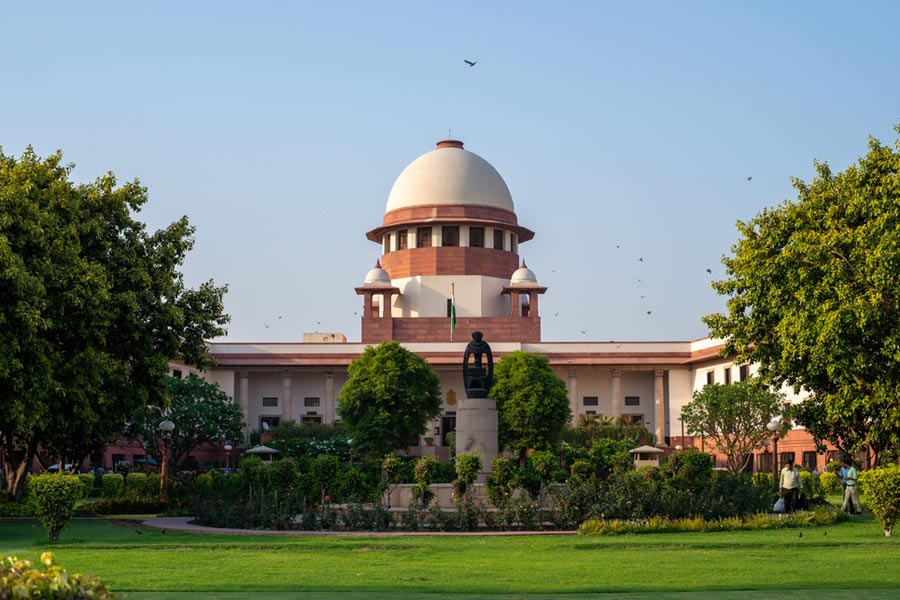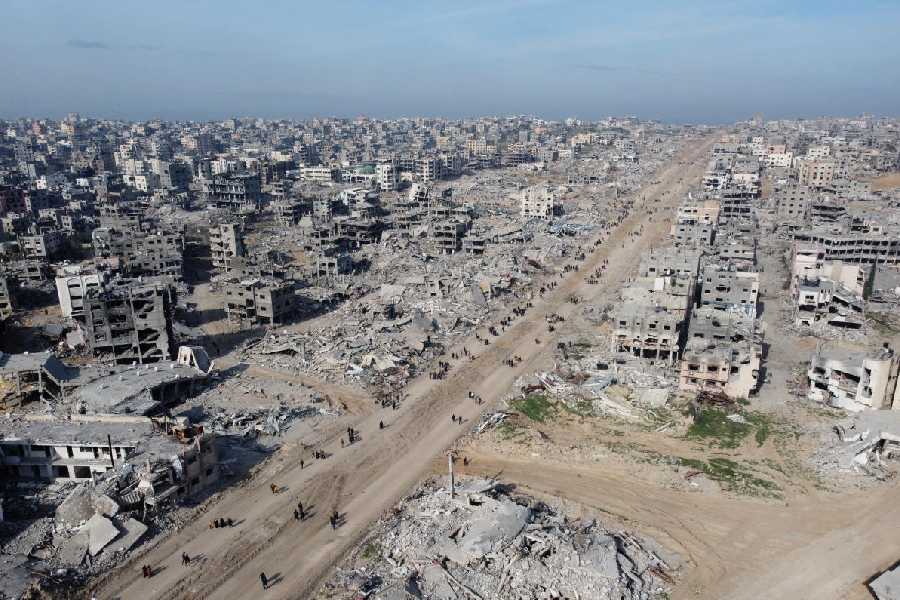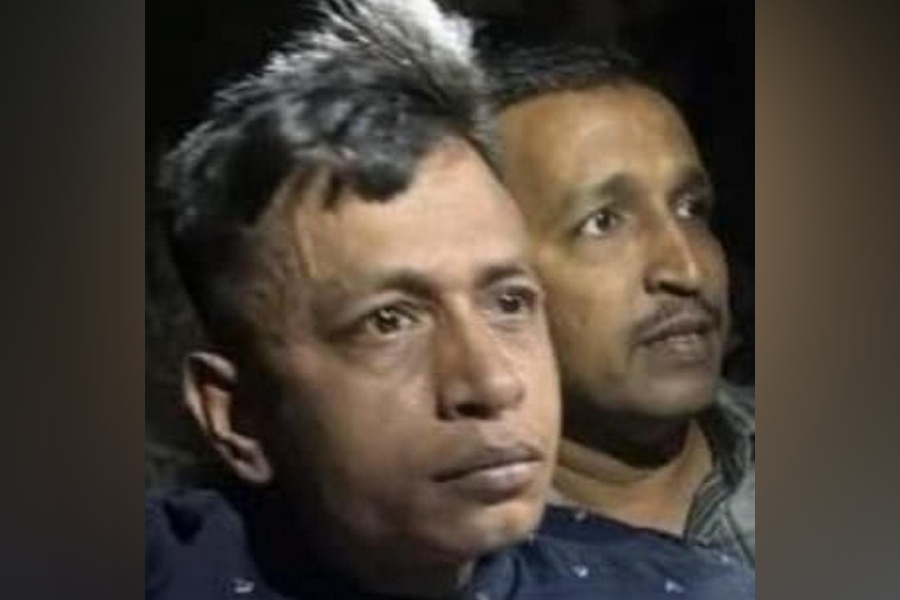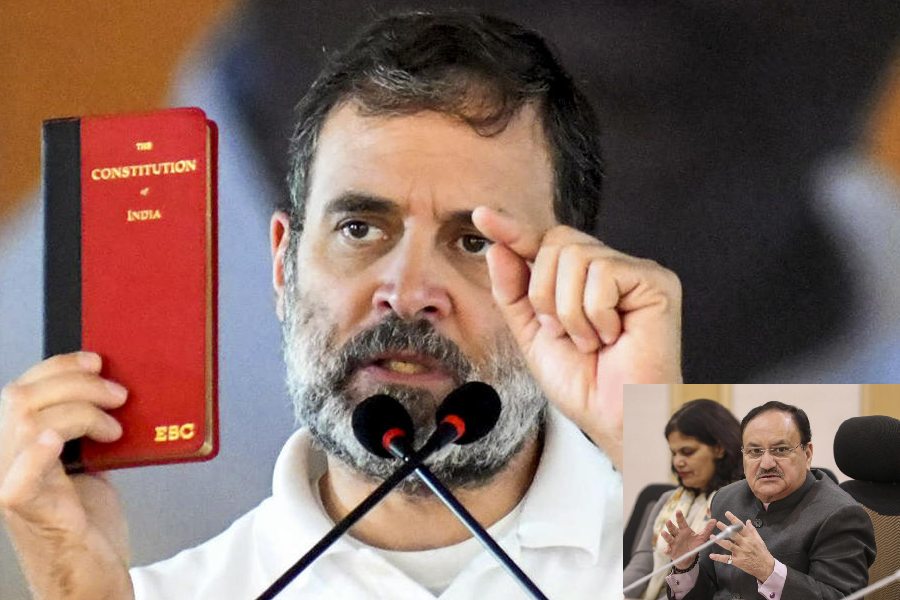The maxim that “bail is the rule and jail an exception” would not apply to the anti-terror law UAPA, the Supreme Court has said.
“Bail must be rejected as a rule” under the Unlawful Activities Prevention Act, 1967, unless the accused can prove their innocence to the court’s prima facie satisfaction, the apex court added in Wednesday’s judgment, uploaded on Thursday.
“The conventional idea in bail jurisprudence vis-à-vis ordinary penal offences that the discretion of courts must tilt in favour of the oft-quoted phrase — ‘bail is the rule, jail is the exception’, unless circumstances justify otherwise — does not find any place while dealing with bail applications under UAP Act. The ‘exercise’ of the general power to grant bail under the UAP Act is severely restrictive in scope,” the bench of Justice M.M. Sundresh and Justice Aravind Kumar said.
“The form of the words used in proviso to Section 43D(5) — ‘shall not be released’ in contrast with the form of the words as found in Section 437(1) CrPC — ‘may be released’ — suggests the intention of the legislature to make bail the exception and jail, the rule,” the judgment, authored by Justice Kumar, added.
The court passed the judgment while dismissing the bail plea of Gurwinder Singh, said to be part of a banned group that includes the US-based Khalistani leader Gurpatwant Singh Pannun, a purported murder contract against whom recently strained Indo-US relations.
Rejecting Singh’s plea, the apex court said that Sub-section (5) of Section 43D of the UAPA bars a special court from granting bail.
“It lays down that if the court, ‘on perusal of the case diary or the report made under Section 173 of the Code of Criminal Procedure’, is of the opinion that there are reasonable grounds for believing that the accusation... is prima facie true, such accused person shall not be released on bail or on his own bond,” the judgment said.
“…There is no analogous provision traceable in any other statute.... In that sense, the language of bail limitation adopted therein remains unique to the UAP Act.”
The bench said the courts are, therefore, burdened with a sensitive task.
“In dealing with bail applications under the UAP Act, the courts are merely examining if there is justification to reject bail. The ‘justifications’ must be searched from the case diary and the final report submitted before the special court,” the judgment said.
“Bail must be rejected as a ‘rule’, if after hearing the public prosecutor and after perusing the final report or case diary, the court arrives at a conclusion that there are reasonable grounds for believing that the accusations are prima facie true.
“It is only if the test for rejection of bail is not satisfied – that the courts would proceed to decide the bail application in accordance with the ‘tripod test’ (flight risk, influencing witnesses, tampering with evidence).”
Singh had challenged the rejections of his bail pleas by a special NIA terror court and Punjab and Haryana High Court, both of which found prima facie material warranting his imprisonment pending the trial.
According to the prosecution, Singh was taken into custody on October 19, 2018, with some others for hanging cloth banners, carrying the slogans “Khalistan Jindabad” and “Khalistan Referendum 2020”, from the pillars of an Amritsar flyover on behalf of the banned outfit Sikhs for Justice.
The prosecution says the accused received hawala funds to spread terror and further the cause of a separate Khalistan, and that the investigation has revealed links to an ISI handler, Javed Khan.
Singh had pleaded his innocence before the apex court and said there was no incriminating material against him. He had underlined that he had already spent five years in jail awaiting trial.
“…Charges in the present case reveal the involvement of a terrorist gang which includes different members recruited for multiple roles. Hence, the mere fact that the accused has not received any funds or nothing incriminating was recovered from his mobile phone does not absolve him of his role in the instant crime,” the apex court ruled.
“In the present case the trial is already under way and 22 witnesses including the protected witnesses have been examined.... The material available on record indicates the involvement of the appellant in furtherance of terrorist activities backed by members of banned terrorist organisation involving exchange of large quantum of money through different channels which needs to be deciphered and therefore in such a scenario if the appellant is released on bail there is every likelihood that he will influence the key witnesses of the case which might hamper the process of justice.











